Ao dai on the streets to fight
During the bombs and bullets of war, the ao dai accompanied female students and people in demonstrations demanding peace . The weapon of struggle was not only guns and bullets but also the resilient and indomitable spirit of women.
Ms. Nguyen Thi Phi Van participated in the youth, student and pupil movement in the Saigon - Gia Dinh area since 1960. She was assigned to distribute leaflets, build bases for revolutionary youth, and transport weapons in the inner city. The outfit she often used to legally carry out her work was the ao dai. According to her, in May 1966, she was followed and arrested by the police at home. Before following the police to the place of questioning, she calmly changed into an ao dai and wore it for the first 3 days of her arrest. She only changed into another outfit after being tortured and beaten, causing the hem of her ao dai to tear. Ms. Nguyen Thi Phi Van was detained in many prisons such as Chi Hoa, Thu Duc, Tan Hiep and Con Dao.
Vietnamese women's ao dai stand tall against the violent repression of Saigon police. (Photo in article: Archive photo at Hanoi Museum) |
In 1964, while studying at Gia Long School, Ms. Nguyen Thi Cuc joined the Youth, Students and Pupils Association to liberate the Saigon - Gia Dinh area. In 1965, she left to work as a liaison and nurse in the Duong Minh Chau resistance zone, Tay Ninh. During her time working in the inner city, she participated in political protests against the old Saigon government. On the afternoon of November 24, 1964, students at Pestrus Ky School and other schools went on a protest. The protest group passed by Gia Long School where she was studying. Although the school had closed the gate, she still tied her two skirts together, climbed over the fence and followed the protest group. The protest group was very large, marching through Tran Quoc Toan Street, Van Hanh Street... and was brutally suppressed by the police, who shot and killed student Le Van Ngoc. The group brought Le Van Ngoc's body to the Institute of Taoism for the funeral. Ms. Nguyen Thi Cuc and everyone else fought to keep Le Van Ngoc's body all night until morning before returning home. On the day of Le Van Ngoc's funeral, she lied to her family that she was going to extra classes and brought an ao dai to attend the funeral.
Ms. Truong My Le was born in 1941 and joined the revolution at the age of 13. Since 1960, she has participated in the movements of the Saigon - Gia Dinh Youth Union. During the years 1968 - 1969, due to the demands of her job, she had to interact with many different groups such as parishioners, intellectuals, students, etc., so she had to wear many ao dai of different colors to suit each situation. Because the political situation at that time was very tense, the ao dai was used by her to more easily and legally blend in when entering schools to mobilize students to demonstrate or blend in with demonstration groups to do ideological work.
Ms. Tran Thi Lan was one of the active participants in the political struggle movement of literature students. When participating in demonstrations, she often wore the ao dai as a form of camouflage, blending into schools to mobilize students to demonstrate and strike. She also used the ao dai to hold green stones to supply "weapons" for male students to fight against the riot police during demonstrations. She also wore the ao dai when she was on duty to distribute leaflets and New Year's greetings from President Ho Chi Minh on the streets of Saigon. Once, she wore a white ao dai and rode her bicycle to the Van Hoa theater on Tran Quang Khai street. But when she got to Cau Bong, she was arrested by the police. She was taken to the district police station and brutally tortured. After many days of not being able to extract information from her, due to lack of sufficient evidence, the police were forced to release her.
Ao dai and iron will, sharp reasoning
Not only appearing on the streets, participating in political struggles, the ao dai accompanies many Vietnamese women who silently fight in enemy territory and at international diplomatic forums and conferences. The image of Vietnamese women in graceful ao dai, but with an iron will and sharp arguments, has received the world's support for the revolutionary struggle movement of the Vietnamese people.
Ms. Trinh Thu Nga was born in 1938 in Ben Tre, and joined the revolution at the age of 18. In 1956, the Constituent Assembly in Saigon was established. From 1956 to 1961, she worked as an intelligence officer (belonging to the intellectual wing of Mr. Huynh Tan Phat) and legally worked in the Constituent Assembly as a stenographer. Taking advantage of this, she helped the revolutionary forces grasp the activities of the old Saigon government. From 1961 to 1963, she was transferred to work at the Ho Bo - Cu Chi base. From 1963 to 1968, according to the organization's assignment, she continued to work as an intelligence officer for the National Assembly of the Republic of Vietnam. In addition, she also served as the secretary of the Provisional Association for the Protection of Women's Dignity and Rights (under the Women's Liberation Union of South Vietnam), participated in the preparation for the establishment of the Association, and mobilized progressive intellectual women to participate in the Executive Committee of the Association.
Ms. Trinh Thi Thu Nga worked as an intelligence officer as a secretary in the meeting of the National Assembly of the Republic of Vietnam on June 26, 1961. |
Many Vietnamese people still remember the image of Armed Forces Hero Nguyen Thi Dinh in a white silk ao dai embroidered with flowers, very graceful, but no less strong and close. Ms. Nguyen Thi Dinh was born in 1920 in Luong Hoa commune, Giong Trom district, Ben Tre province. In 1936, she participated in the Indochina Congress movement: communicating, distributing leaflets, and campaigning against local oppression. In March 1946, she joined a delegation of Southern cadres to the North to meet President Ho Chi Minh to report on the resistance situation in the South and ask for support. In 1947, she was elected to the Ben Tre Provincial Party Committee. From then on, she and local leaders organized the struggle movements of the Ben Tre people. In early 1960, she was one of the leaders of the Ben Tre Dong Khoi movement. Later, she was the Provincial Party Secretary and President of the National Liberation Front of South Vietnam. In 1965, she helped President Ho Chi Minh organize the Long-haired Army. In 1974, she was promoted to the rank of Major General of the Vietnam People's Army, but she rarely wore military uniform, often wearing black ao ba ba and ao dai. After the complete liberation of the South, she held many important positions in the Party and State. From 1987 to 1992, she was Vice President of the State Council of the Socialist Republic of Vietnam.
In the world and in Vietnam, everyone knows about Mrs. Nguyen Thi Binh - "Madame Binh" and the Paris Conference on Vietnam - the longest conference, lasting 4 years, from 1968 to 1973 in the history of world diplomacy. Mrs. Nguyen Thi Binh's real name is Nguyen Thi Chau Sa, born in 1927 in Sa Dec province (now Dong Thap province). At the age of 17, she began participating in the patriotic student movement: relief and seizing power in Saigon. In 1951, she was arrested and interrogated by the French colonialists at Catinat police station, then imprisoned in the Big Prison and then Chi Hoa Prison (1951 - 1953). In 1954, she was released from prison and participated in the Geneva Agreement dialogue movement. In 1955, she gathered in the North. In 1962, she returned to the South with a new name, Nguyen Thi Binh, holding the position of Central Committee member of the National Liberation Front of South Vietnam, working in the foreign affairs department, and concurrently Deputy General Secretary of the Women's Liberation Association.
In 1969, the Provisional Revolutionary Government of the Republic of South Vietnam was established, and she was appointed Minister of Foreign Affairs. She then went to Paris to take on the position of Head of the Negotiation Delegation of the Provisional Revolutionary Government of the Republic of South Vietnam. During the period 1968 - 1972, she was famous at the Four-Party Conference in Paris, and was called "Madame Binh" by the media. The country was unified, and she held many important positions in the State. From 1992 to 2002, she was Vice President of the Socialist Republic of Vietnam.
Mentioning Mrs. Nguyen Thi Binh is mentioning the famous saying: “When I signed the Victory Agreement, thinking of my compatriots and comrades who fell - those who can no longer know about this important event, my eyes suddenly became moist. In my life, this is a great honor because I was able to represent the People and revolutionary soldiers to fight directly against the invading enemy right in Paris, to sign the Victory Agreement after 18 years of the whole country waging a just war full of sacrifice and hardship... That is the most profound memory in my diplomatic life” and remembering the elegant Ao Dai she wore during the negotiations at the Paris Conference and in her later foreign affairs activities, always leaving an unforgettable impression in the eyes of international friends.
It can be said that, not only is it a traditional costume, the ao dai is also a witness to the patriotism, resilience and silent but great contributions of Vietnamese women in the struggle for independence and national defense. The ao dai has been, is and will forever be one of the beautiful symbols of traditional cultural values, expressing the strong vitality, bravery and spirit of the Vietnamese people.
On April 12, 2025, the exhibition "Vietnamese Women's Ao Dai Through the Fire of War" opened at the Hanoi Museum. This is a thematic exhibition organized by the Hanoi Museum in collaboration with the War Remnants Museum and Mind Group Company Limited on the occasion of the 50th anniversary of the liberation of the South and national reunification (April 30, 1975 - April 30, 2025). "Vietnamese Women's Ao Dai Through the Fire of War" is a journey back in history, recreating the image of the Ao Dai, the symbol of Vietnamese women through the difficult years of war.
Hong Minh
Source: https://baophapluat.vn/ao-dai-phu-nu-viet-nam-di-qua-khoi-lua-chien-tranh-post546629.html


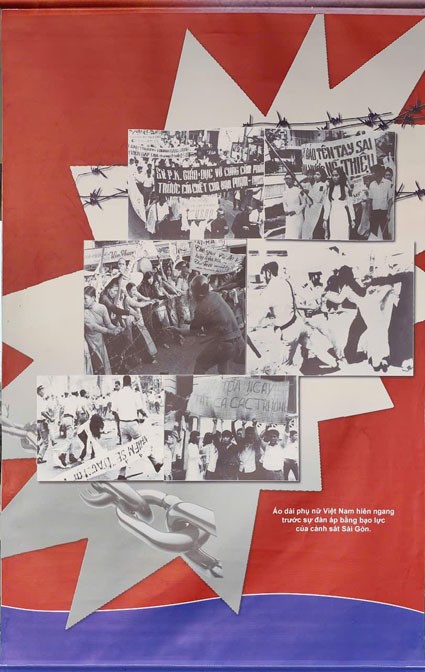
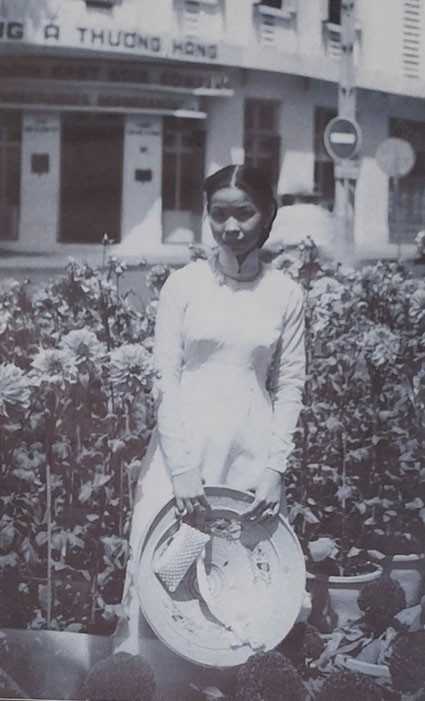
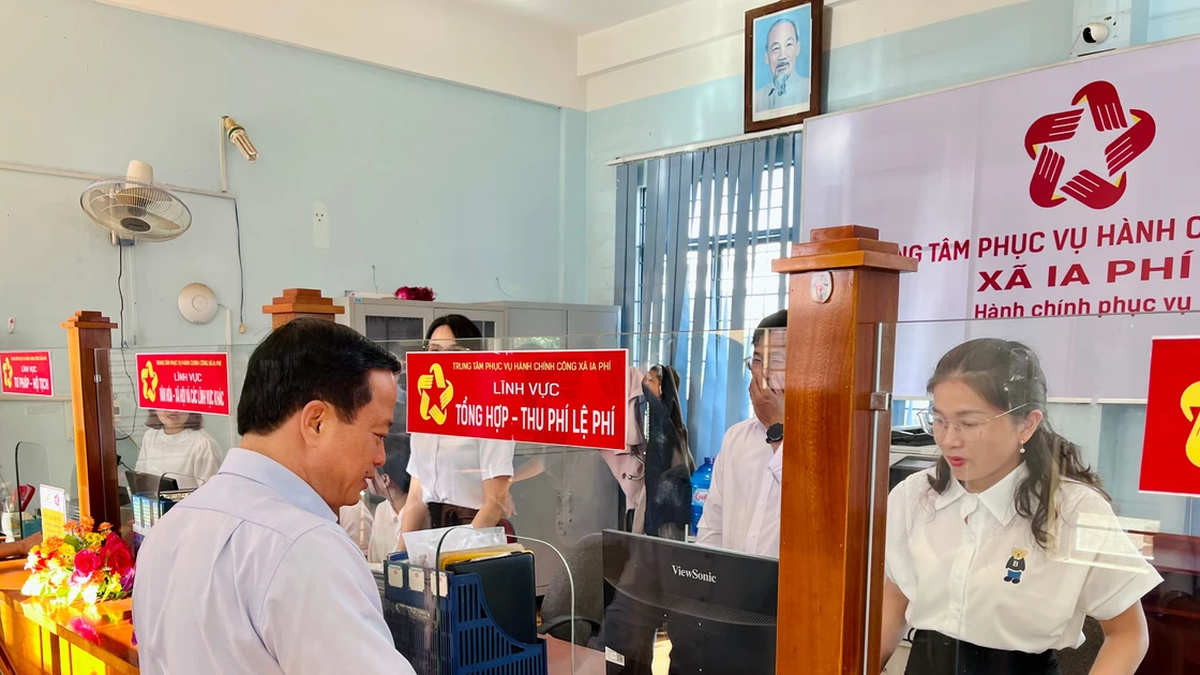
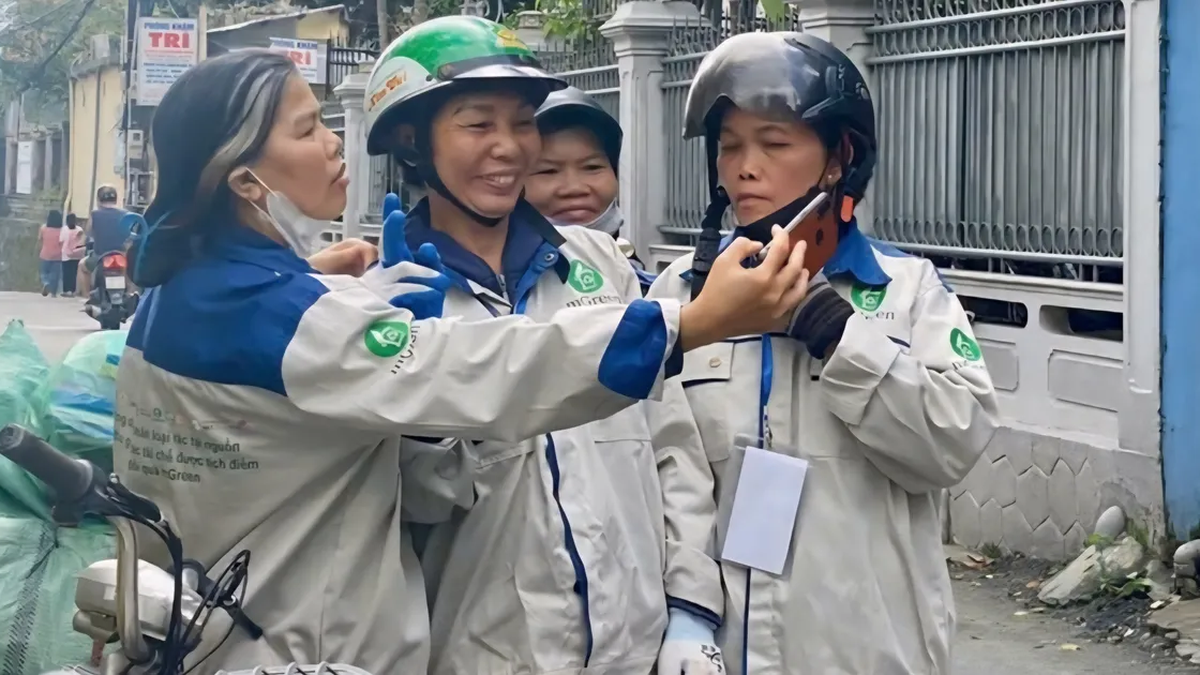

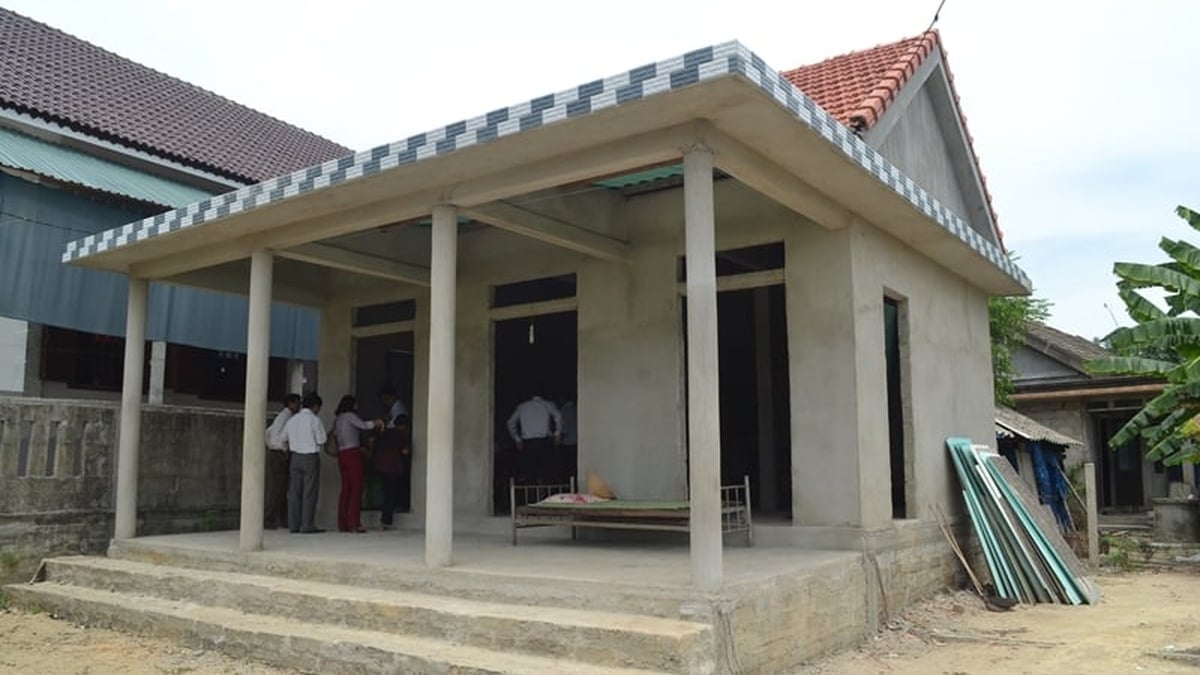
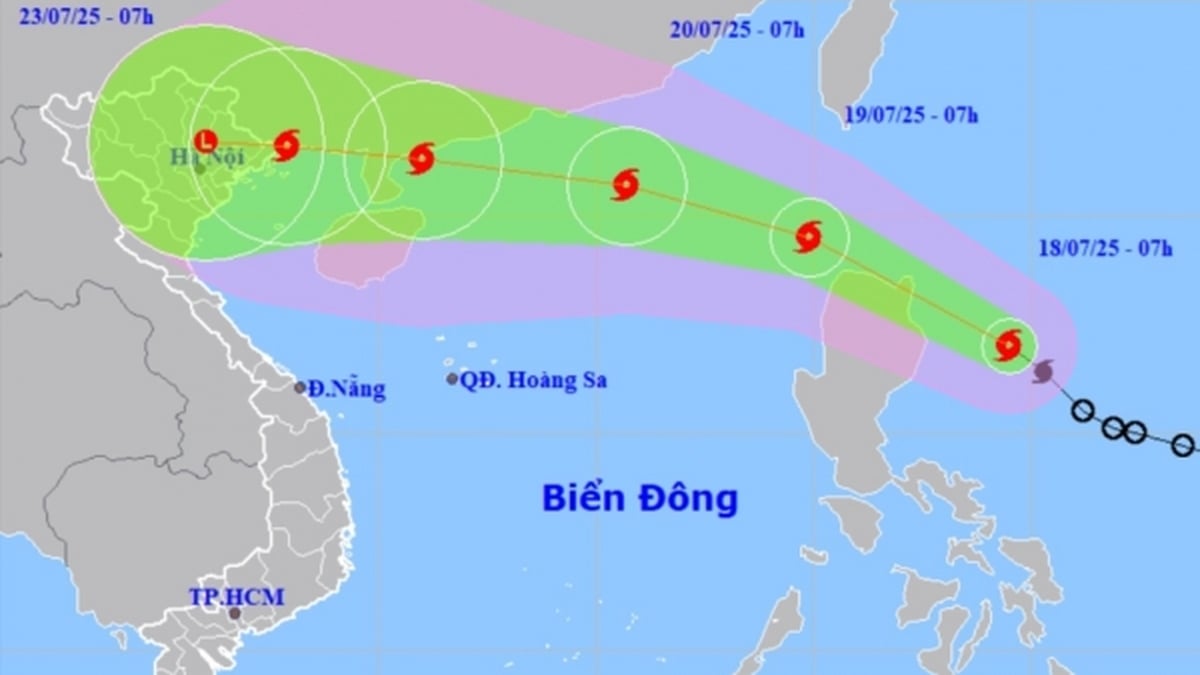

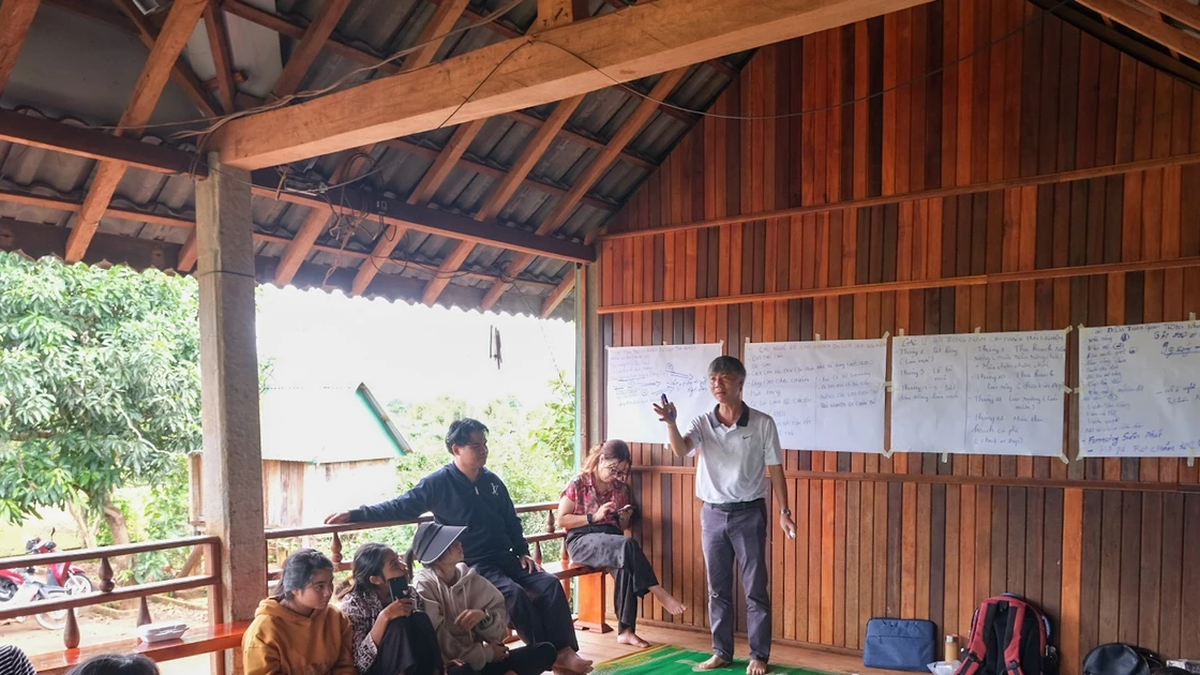

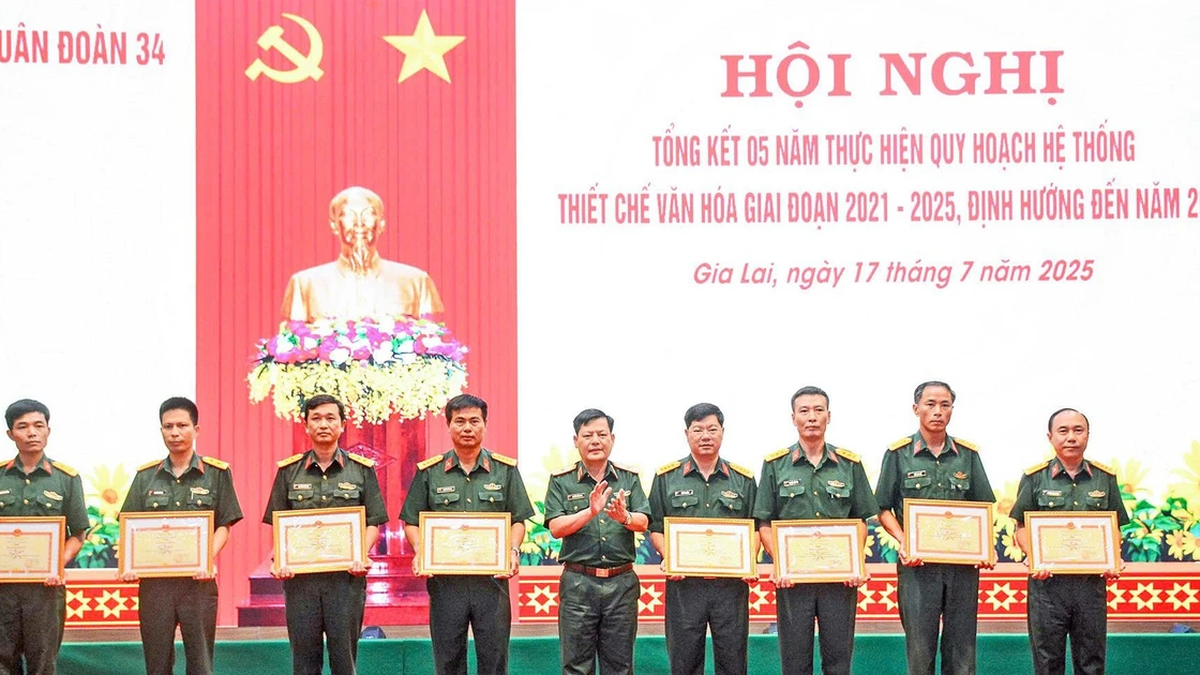
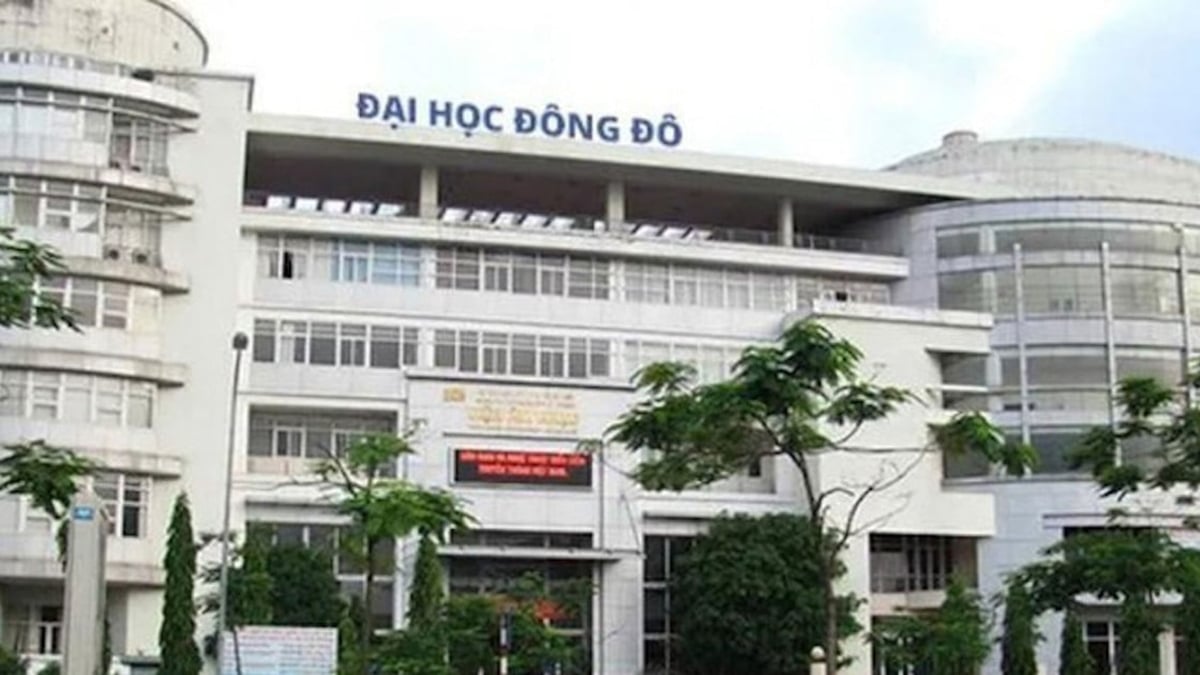


















































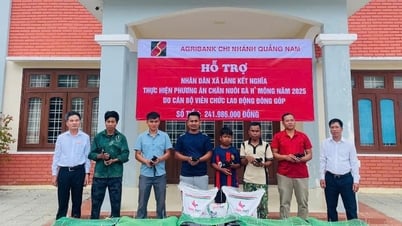






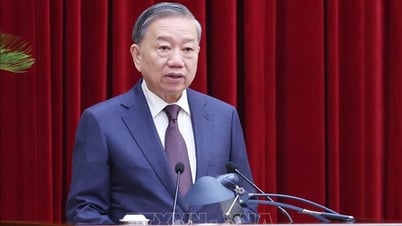

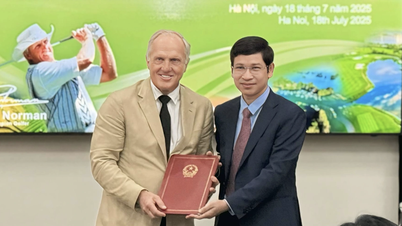




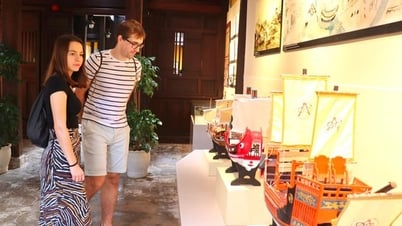

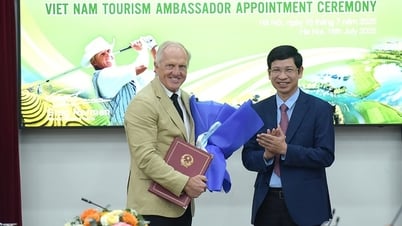
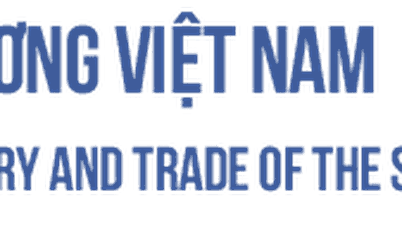
















![[Infographic] In 2025, 47 products will achieve national OCOP](https://vphoto.vietnam.vn/thumb/402x226/vietnam/resource/IMAGE/2025/7/16/5d672398b0744db3ab920e05db8e5b7d)







Comment (0)